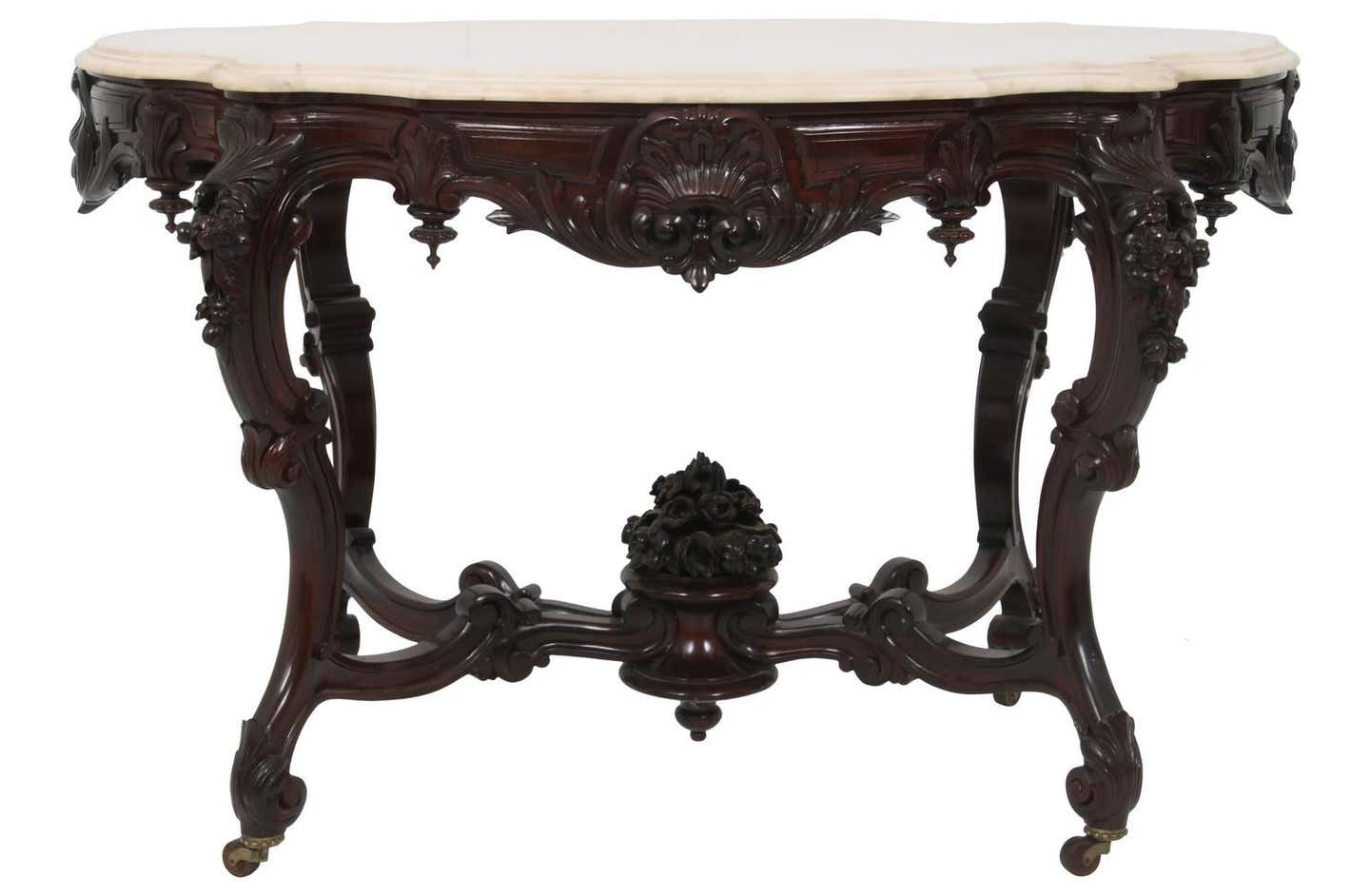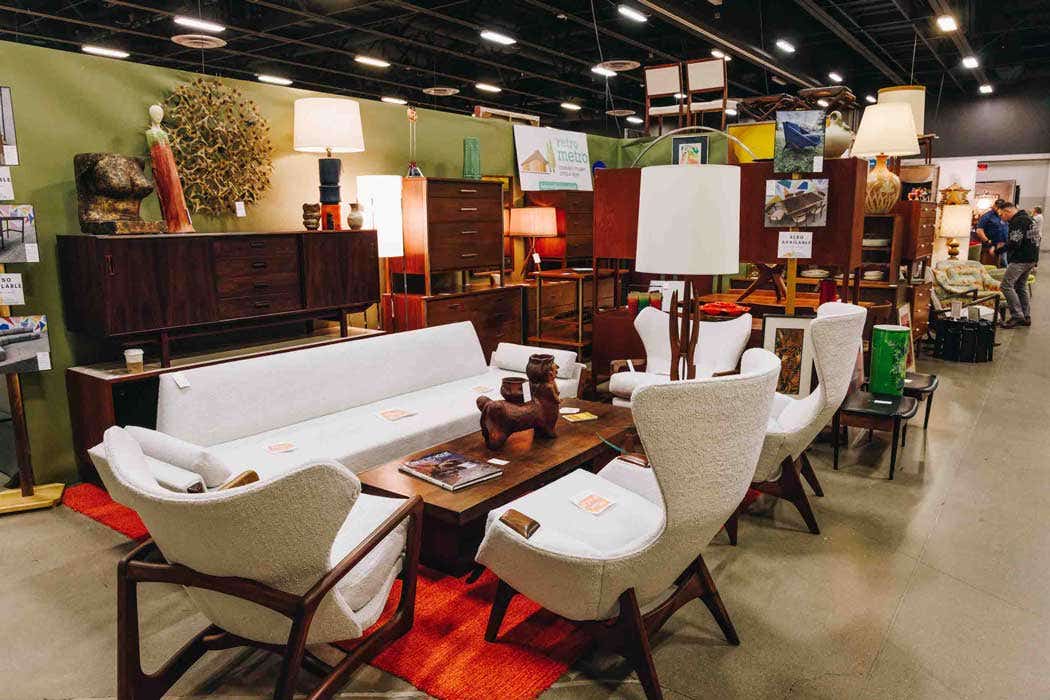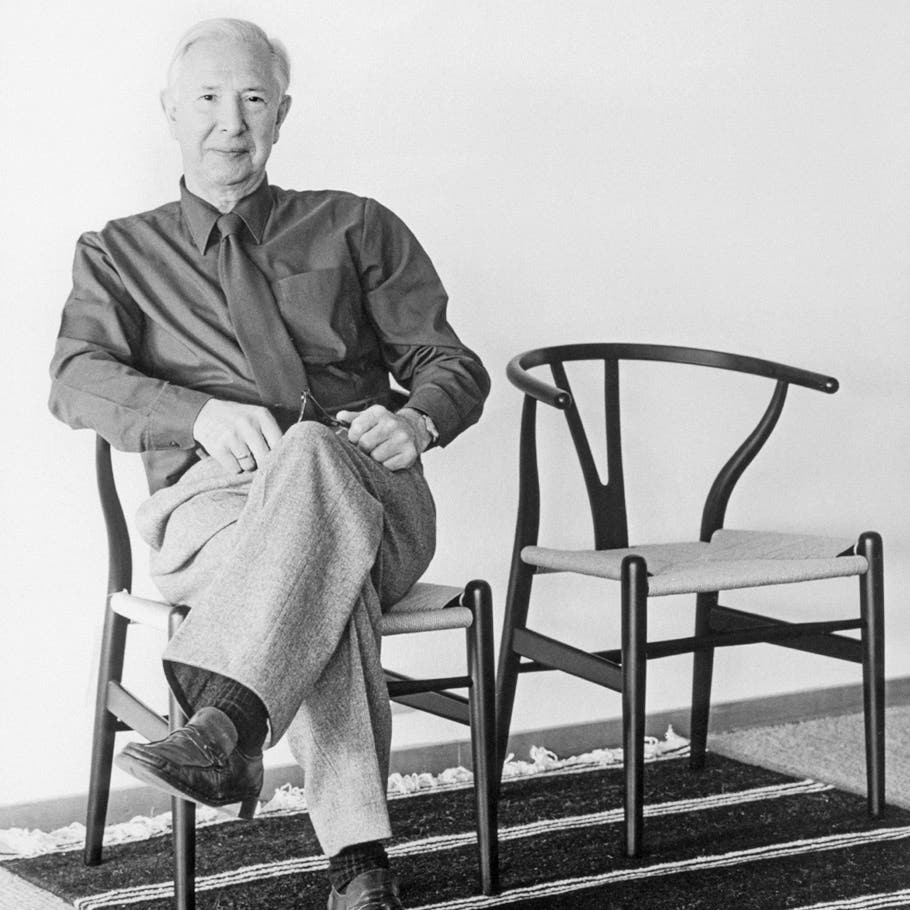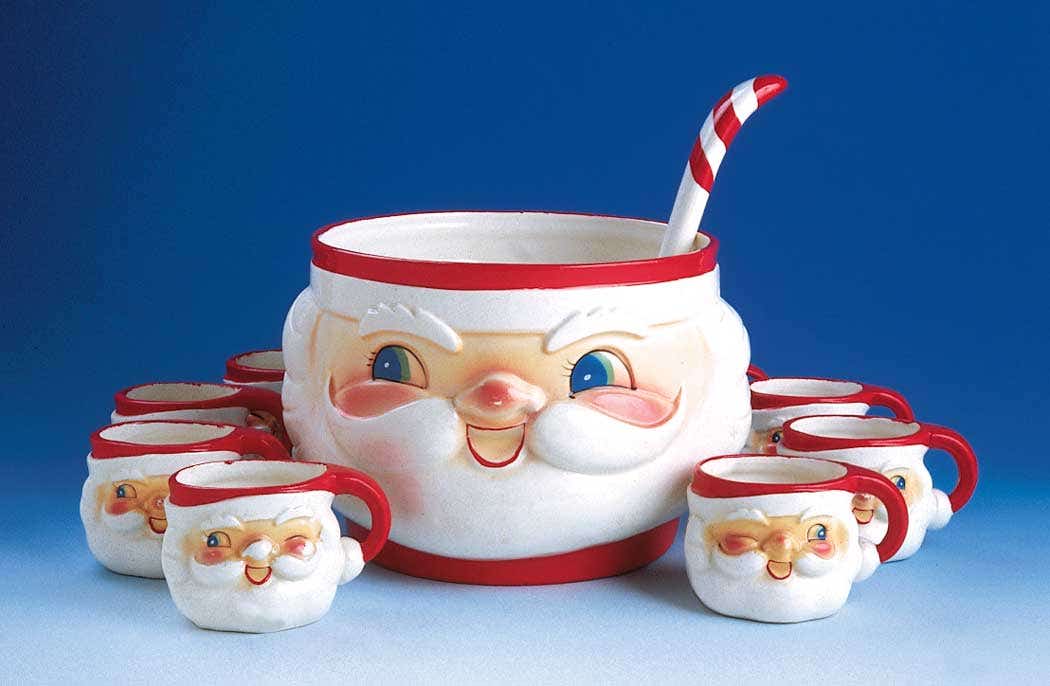Examining furniture with creature features
There’s something enchanting about the ‘animalistic’ elements that appear in various forms of furniture, don’t you think? In his latest column, Furniture Detective Fred Taylor discusses these creature features.
It’s hard to find a time in the history of humans, or even of pre humans, when the everyday affairs of the species were not intertwined with those of other animals, as poacher, as prey or as master.
It didn’t take long in the development of the human brain for gifted artisans to depict the likenesses of other creatures on the walls of the caves of Lascaux, usually in remote spots not normally occupied or scratched into rocks in high places.
Familiar Figures Begin Appearing in Furniture
Were the images a focus as worship of the creatures? Were they used as part of spell casting to help the hunters with greater harvests? Or, perhaps to bless the creatures for greater fertility? Maybe they were to honor the creatures for what they provided? Furthermore, it's possible he artists just like drawing animals better than human figures.
Ancient civilizations took the creature feature to a higher level. This is apparent in examples of in the home of three dimensional forms incorporated into furniture. Abundant examples of Egyptian furniture have been discovered that reveal chair legs ending in the paws of a lion. One example that is at least 3,000 years old is in the British Museum. The basic form of the Egyptian bed remained unchanged for two thousand years. Most of them had legs in the form of animal extremities. These range from heavy bull’s legs with hooves to elegant and graceful gazelle legs to feline legs with paw and claw. This last example perhaps was in keeping with the use of panther hides as bed coverings.
The Assyrians likewise kept their animals close and a little later so did the Greeks. In fact some Greek furniture showed amazing similarity to Assyrian objects. This is visible in the use of heads, legs and feet of lions, leopards and sphinxes as furniture parts. And of course anything the Greeks could do the Romans could do better – at least for a little while until it all crumbled in the fifth century.
Ushering In a New Era of Furniture Decoration
From then until the Middle Ages furniture decoration seemed to be either abstract or religious.
With the arrival of the Renaissance, furniture decoration turned from religious to classical. In 16th century France, the Greek form of the caryatid, a female figure, sometimes with wings, used as a column, again sought favor. However, for the most part animal figures became passe.
It was not until the middle of the 18th century that Thomas Chippendale reintroduced the animal figure. He did so with the use of a long beaked fictional bird in his mirror frame design. His eclectic mix of French Rococo with Oriental architecture seemed the perfect place to use another piece of Orientalia – the claw and ball foot. This feature brought the dragon into Western furniture because the ball and claw represented the dragon clutching a pearl from Oriental mythology.
From there the barn door was open and animals returned to our furniture. Slowly at first but with increasing speed and popularity until the turn of the 20th century. We even have learned to call some of our woods by animal names like “tiger oak” and “bird’s eye maple.” Shown are few examples of animal figures in 18th and 19th century American furniture.
More Examples
With more than 30 in the antique furniture business, Fred Taylor is a household name when it comes to the practical methods of identifying older and antique furniture: construction techniques; construction materials; and style.








